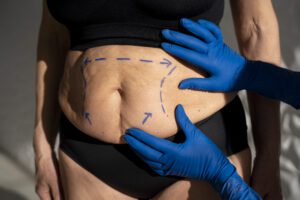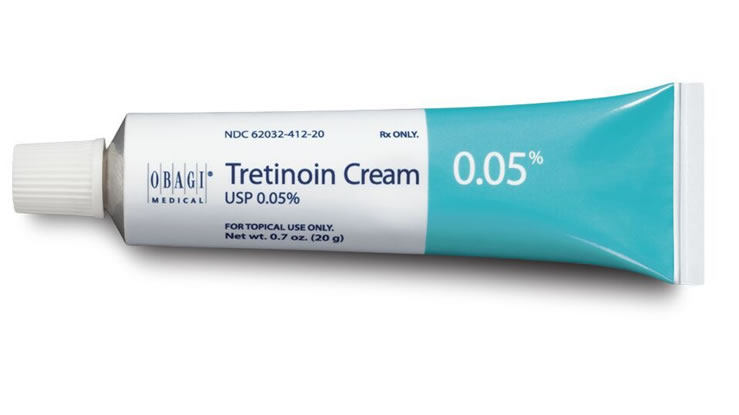Abdominoplasty, commonly known as a tummy tuck, is a cosmetic surgery performed to remove excess fat and skin from the abdomen. It also tightens the abdominal muscles, resulting in a flatter and firmer stomach. Many people choose this procedure after pregnancy or significant weight loss to restore a more toned body shape.
Understanding how long abdominoplasty results last is important if you are considering this surgery. It helps you set realistic expectations and take steps to maintain the results.
Is Abdominoplasty Permanent?
The changes made during abdominoplasty are technically permanent. Skin and fat removed during surgery do not grow back. Tightened abdominal muscles also stay in place unless they are stretched again by weight gain or pregnancy.
However, while the procedure gives lasting physical changes, the outcome depends on how your body changes over time. The results are long-term but not immune to natural aging or major weight fluctuations.
Read Also>>>The difference between a tummy tuck and an abdominoplasty.
Factors That Affect How Long Abdominoplasty Lasts
Several factors influence the longevity of your abdominoplasty results. These include:
Weight Stability
One of the most important factors is maintaining a stable weight. Gaining or losing a large amount of weight after surgery can stretch your skin or loosen the tightened muscles. These changes may undo the effects of the procedure.
Pregnancy
Pregnancy after abdominoplasty can stretch the skin and muscles again. Women who plan to have more children are often advised to postpone the surgery until they are finished having children.
Age
As your body ages, your skin naturally loses elasticity. While the surgery removes sagging skin and reshapes the abdominal area, aging may eventually cause mild sagging again.
Lifestyle
Your lifestyle after surgery plays a big role. Regular exercise and a balanced diet help preserve your results. Smoking, heavy drinking, and poor nutrition can weaken your muscles and skin over time.
Average Duration of Results
Most people enjoy their abdominoplasty results for many years. If you maintain a healthy lifestyle, results can last 10 years or more. Some people retain noticeable improvements even 15 years after surgery.
The tightening of abdominal muscles tends to be long-lasting, especially when combined with physical activity. The removal of excess skin is permanent, although skin changes from aging are expected.
Can Abdominoplasty Results Fade Over Time?
While the improvements are long-lasting, some subtle changes may happen over time:
-
Mild sagging of the skin as elasticity decreases with age
-
Slight belly protrusion due to loss of muscle tone
-
Weight-related changes that may affect the abdominal shape
These changes are gradual. They usually do not return your abdomen to its pre-surgery condition, especially if you take care of your health.
How to Maintain Abdominoplasty Results
To make your tummy tuck last as long as possible, consider the following tips:
Stay at a Healthy Weight
Avoid large weight gains or losses. Even a small weight gain can affect your abdominal area. Eat a balanced diet with whole foods and watch portion sizes to keep your weight steady.
Exercise Regularly
A combination of cardio and strength training keeps your body firm and fit. Core exercises help keep your abdominal muscles strong and toned. Walking, swimming, Pilates, or yoga can all be helpful.
Avoid Smoking
Smoking affects blood circulation and reduces skin health. It may also interfere with healing right after surgery. Long-term, it contributes to premature skin aging, which can affect your surgical results.
Follow Post-Surgery Instructions
In the weeks and months after your surgery, follow all advice from your surgeon. Wear your compression garment as directed, avoid strenuous activity too soon, and attend follow-up appointments.
Protect Your Skin
Sun exposure damages skin and reduces its elasticity. Use sunscreen and avoid tanning your midsection to prevent the skin from aging faster.
When Would You Need a Second Abdominoplasty?
Some people consider a second procedure years later. This may happen if:
-
You gained and lost a significant amount of weight
-
You had a pregnancy that affected your stomach
-
Your skin has aged and become loose again
A second procedure is not common but can be an option for people who want to refresh their results after many years.
Are the Results Different for Everyone?
Yes. Genetics, skin quality, and your body’s natural aging process affect how long the results last. Some people see very little change over decades. Others may notice differences within five to ten years. Your starting point also matters—people with more skin and fat removed may have more dramatic results, but they also may notice changes sooner if they gain weight or lose skin elasticity.
Is Mini Abdominoplasty Shorter Lasting?
A mini tummy tuck removes less skin and fat than a full abdominoplasty. Because the procedure is smaller in scope, results may be less dramatic. That does not mean they fade faster, but any weight gain or skin stretching in the lower belly may be more noticeable over time. Still, results can last just as long if you follow a stable routine and keep your body healthy.
Does Liposuction With Abdominoplasty Affect Longevity?
Some people combine abdominoplasty with liposuction for better body contouring. Liposuction removes fat from areas around the abdomen, like the flanks or lower back. This can enhance results and make the overall look more balanced.
Adding liposuction does not shorten or extend how long abdominoplasty lasts. But it may improve your satisfaction with your appearance, making it more likely that you will want to maintain the outcome.
What If You Gain Weight After Abdominoplasty?
Gaining weight can stretch the skin and loosen the muscles that were tightened during surgery. The extra fat may also be stored in the midsection, which can reduce the visible results of your abdominoplasty. If weight gain is mild, results may still look acceptable, but larger gains can reverse many benefits.
Can You Reverse the Results?
In most cases, once the skin and fat are removed, they do not grow back. But if you gain weight, the remaining fat cells can expand, and new fat can accumulate in other parts of your abdomen. Muscle separation may also return if stretched too far.
While you cannot fully reverse abdominoplasty on your own, dramatic body changes can lead to sagging and weakened tone again.
What Should You Know Before Getting the Surgery?
Before choosing abdominoplasty, make sure you:
-
Are at or near your goal weight
-
Do not plan to get pregnant in the future
-
Are committed to maintaining a healthy lifestyle
-
Understand that aging will still affect your body
-
Are willing to follow recovery steps carefully
When you’re prepared, your results are more likely to last longer and meet your expectations.
Abdominoplasty results can last over a decade or more. While the surgery offers permanent removal of excess skin and fat, maintaining the result depends on how you treat your body after healing. The most important steps are keeping a steady weight, staying active, and caring for your skin.
If you’re considering abdominoplasty, talk to a board-certified plastic surgeon. Ask how long the results usually last in people like you, and what steps will help you keep your new shape.

















